


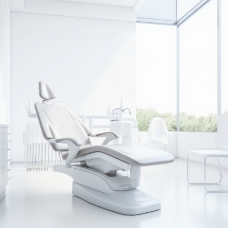
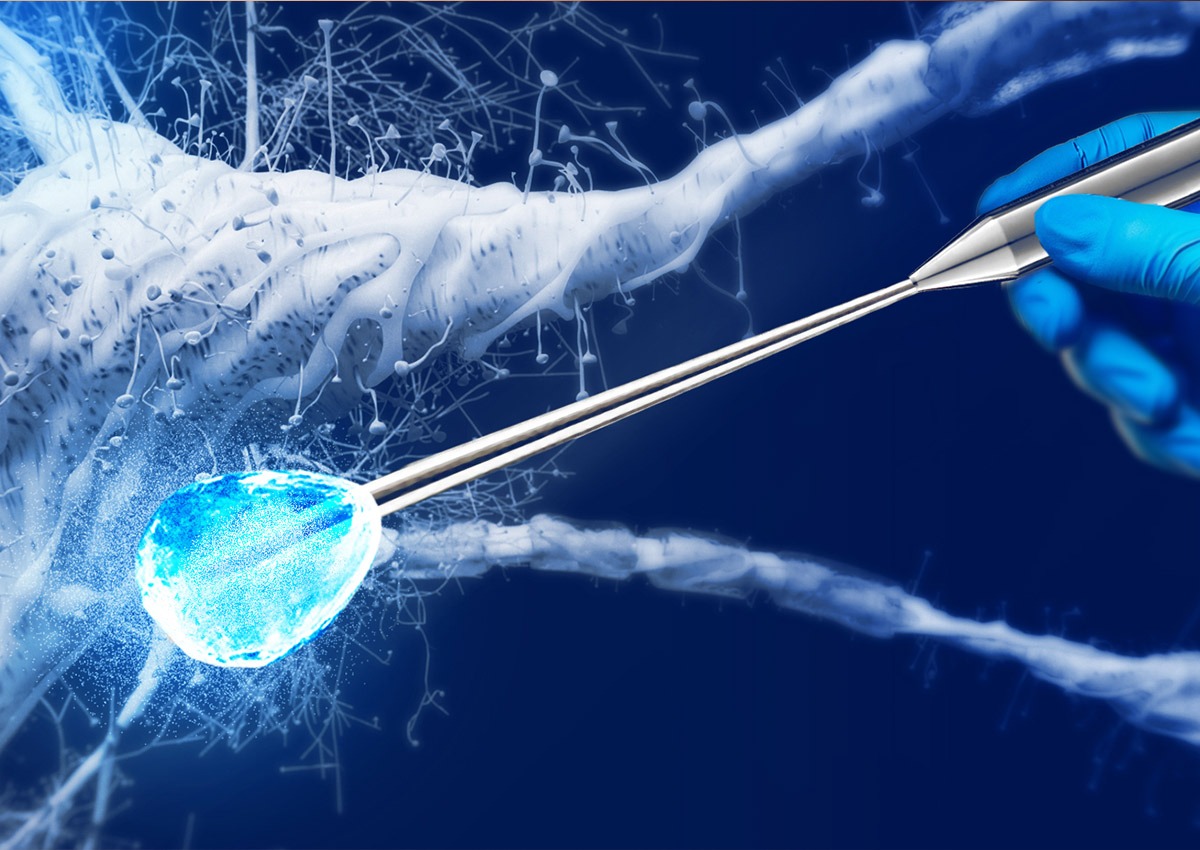
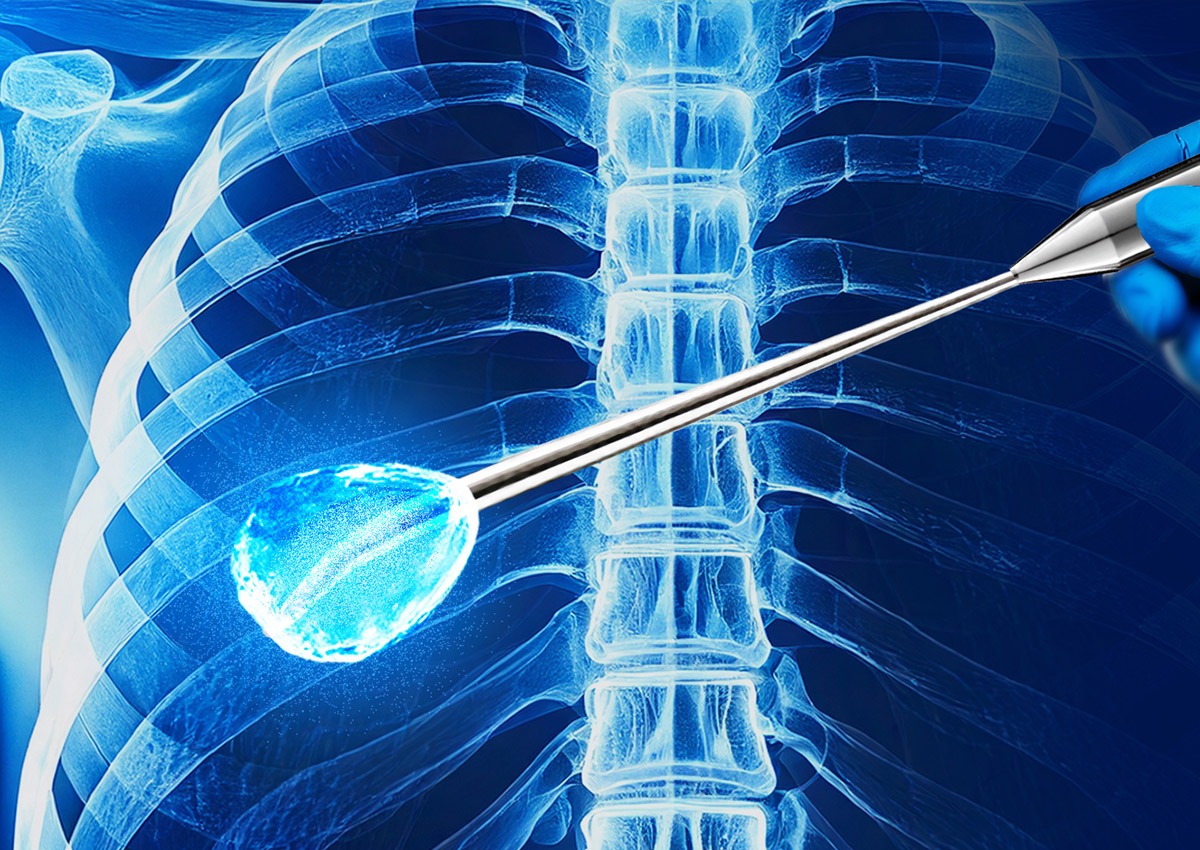
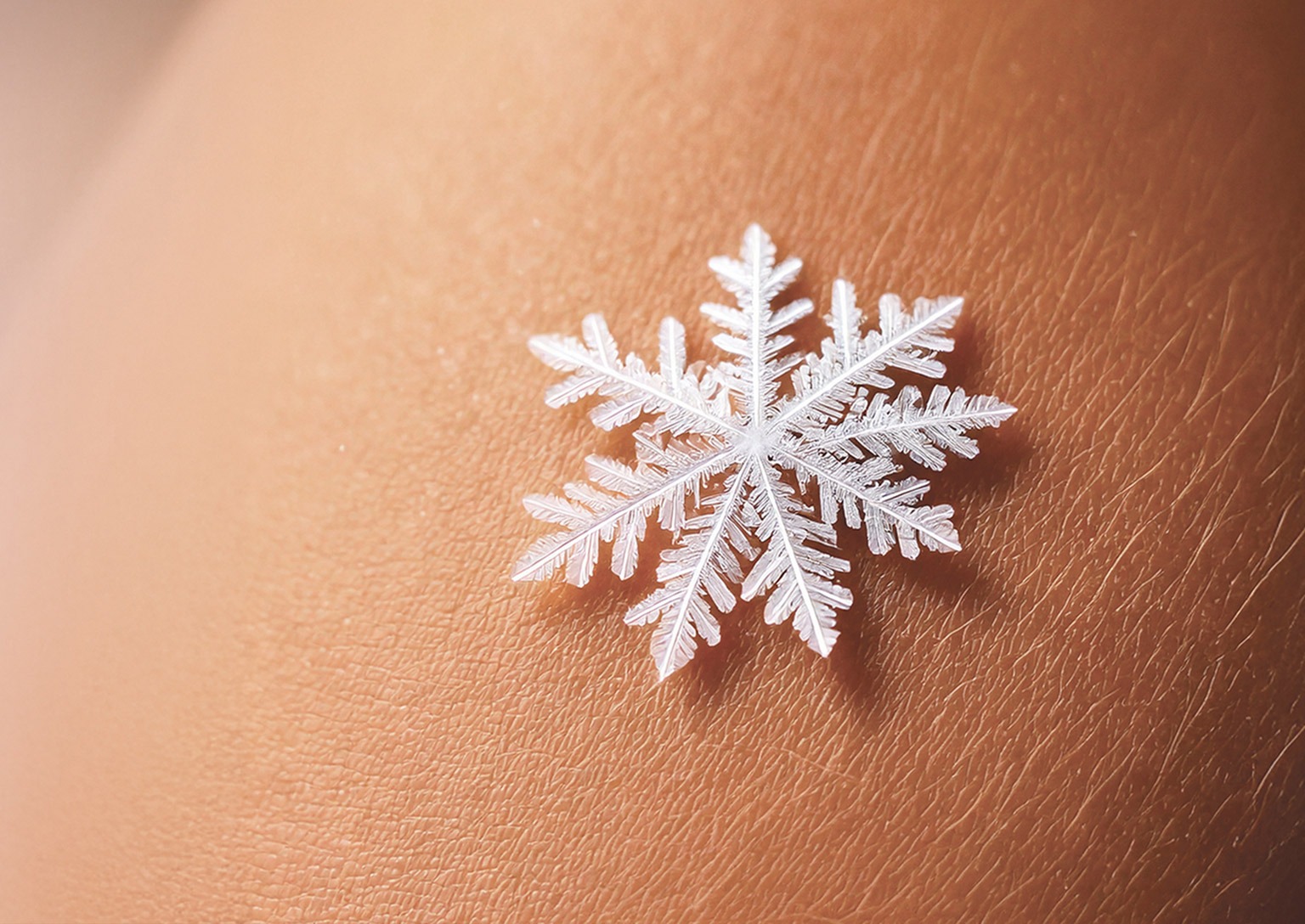
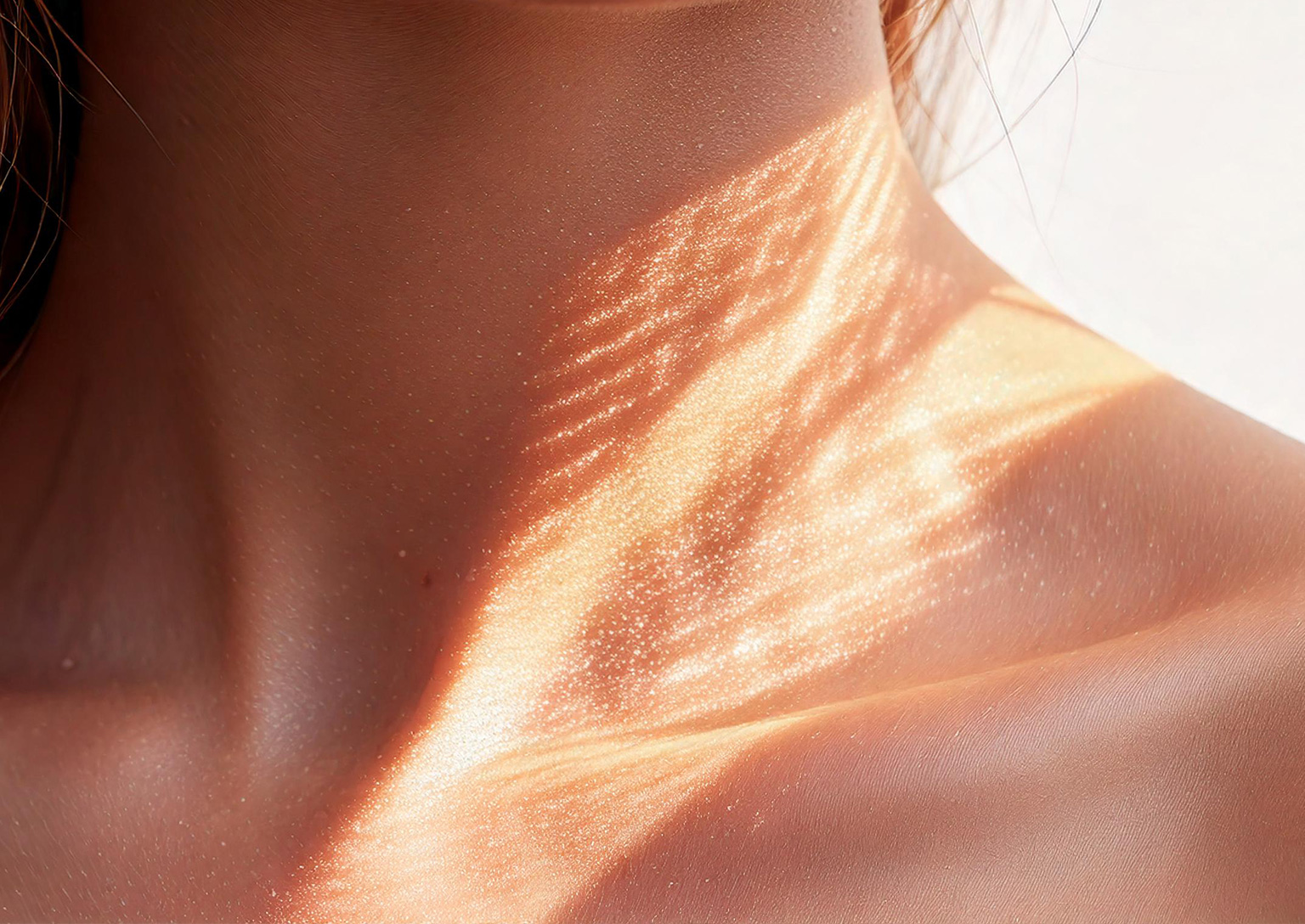
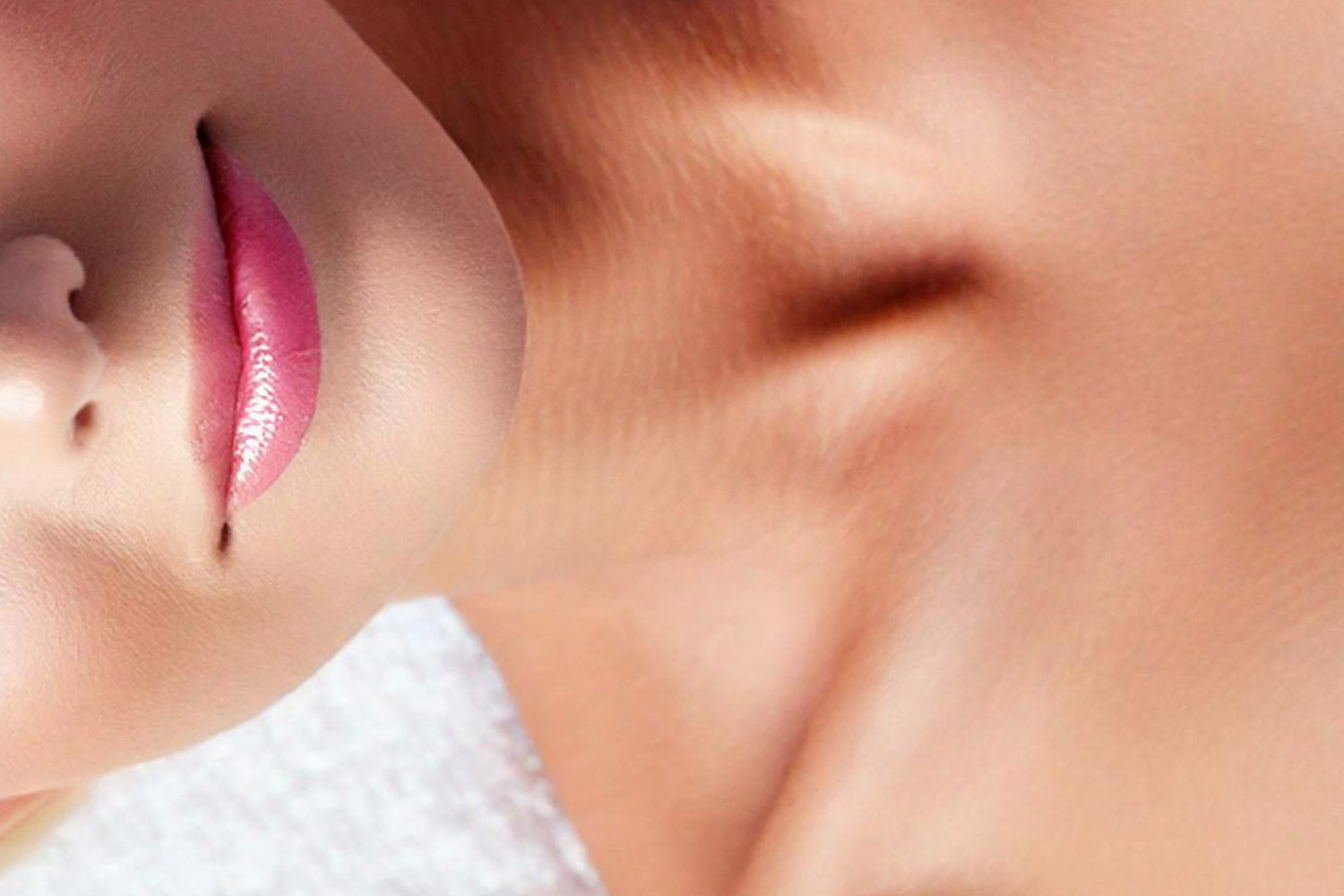
Podczas kursu doświadczeni prelegenci zapoznają Was ze skuteczną i bezpieczną procedurą leczenia bólu jaką jest kriolezja, a także podzielą się cenną wiedzą dotyczącą pracy z ultrasonografem. Poprzez praktyczne ćwiczenia nauczycie się jak sobie radzić z trudnymi dolegliwościami bólowymi pacjentów przy wykorzystaniu niskich temperatur oraz jak poprawnie i sprawnie wykorzystywać ultrasonografię w swojej praktyce lekarskiej.
2000PLN
KLINIKA SUTHERLAND MEDICAL, AL. STANÓW ZJEDNOCZONYCH 32/14, WARSZAWA AL. STANÓW ZJEDNOCZONYCH 32/14,
WARSZAWA, Poland
Podczas kursu doświadczeni prelegenci zapoznają Was ze skuteczną i bezpieczną procedurą leczenia bólu jaką jest kriolezja, a także podzielą się cenną wiedzą dotyczącą pracy z ultrasonografem. Poprzez praktyczne ćwiczenia nauczycie się jak sobie radzić z trudnymi dolegliwościami bólowymi pacjentów przy wykorzystaniu niskich temperatur oraz jak poprawnie i sprawnie wykorzystywać ultrasonografię w swojej praktyce lekarskiej.
KLINIKA SUTHERLAND MEDICAL,
AL. STANÓW ZJEDNOCZONYCH 32/14, WARSZAWA, Poland
Podczas kursu doświadczeni prelegenci zapoznają Was ze skuteczną i bezpieczną procedurą leczenia bólu jaką jest kriolezja, a także podzielą się cenną wiedzą dotyczącą pracy z ultrasonografem. Poprzez praktyczne ćwiczenia nauczycie się jak sobie radzić z trudnymi dolegliwościami bólowymi pacjentów przy wykorzystaniu niskich temperatur oraz jak poprawnie i sprawnie wykorzystywać ultrasonografię w swojej praktyce lekarskiej.
2000PLN
KLINIKA SUTHERLAND MEDICAL,
AL. STANÓW ZJEDNOCZONYCH 32/14, WARSZAWA Poland